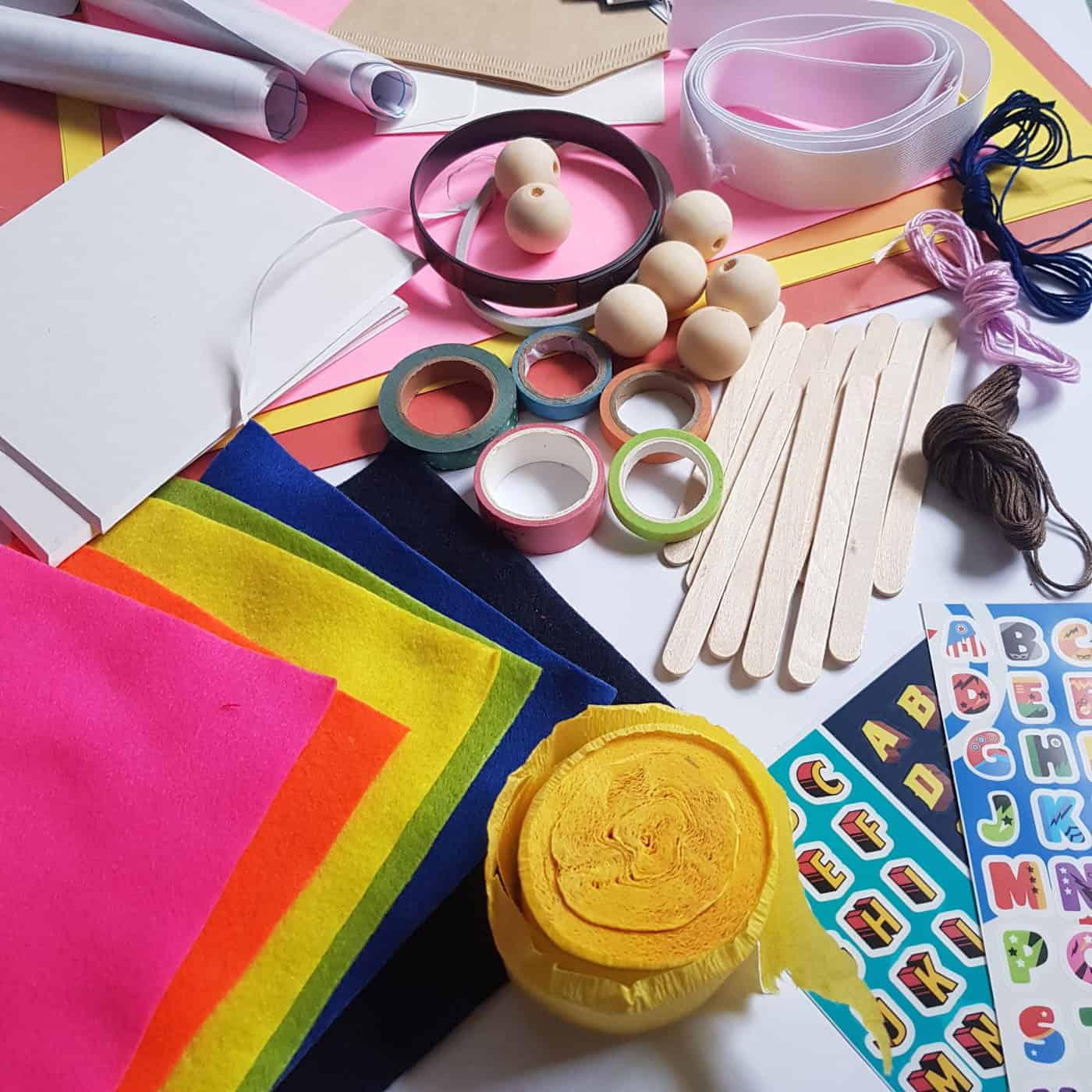 This is a simple, creative, easy to roll out idea to let children play, including playing with things of faith such as Bible stories, prayer, helping others. They are created using things you have at home, and involve minimal adult preparation or input:
This is a simple, creative, easy to roll out idea to let children play, including playing with things of faith such as Bible stories, prayer, helping others. They are created using things you have at home, and involve minimal adult preparation or input:
Set out a selection of toys, craft materials, construction items or other materials in an attractive, inviting way and let your children play.
I love Invitations to Play. I first came across the phrase on The Imagination Tree website (if you haven’t heard of her, check her out as she has the most amazing simple, creative ideas for under 5s especially – and The Best 4 minute play dough recipe I’ve found!).
Invitations to Play are a way to set up a selection of items in an attractive way which inspires children to play with them. They work best when the materials can be used in lots of different ways, and where few or no instructions are needed.
I love using these when I need my children to doing something without me, as I’m sure anyone reading this during the 2021 UK Winter Lock Down will appreciate!
Some children will find the lack of direct instructions puzzling at first, but most will, given time and space to experiment, begin to revel in the freedom they have and come up with far more creative ways of using the items than I ever dreamed of!
My favourite Invitations to Play involve loose parts. They are just items which are unattached and can be moved around and used in whatever way you choose. I’ve written more here about the theory of loose parts and using them to explore the Bible.
Before I give you this idea for a Bible story invitation to play, here are some top tips on setting up any invitation to play:
- Introduce the concept to your children, especially if they are on the autistic spectrum or only used to very structured play. Invite them to have a look, touch and feel the items, and have a game where you each pick an item and suggest something you could do with it. This will help get their creative juices going. After you’ve done this a few times, or if your children are quite creative anyway, you can just set the invitation to play up and let the find it and play!
- Limit what you put out. If your children are under 5 or if this is the first time your children will have seen this, you might want to only put out three types of item. This will give them a good chance to explore them without overwhelm, and will mean they can more easily be helped to put the items away at the end of their play.
- Use ‘containment’ devices. Depending on the items, I sometimes set up invitations on a tough spot or big tray or a large cloth to help the items stay in one area. This is especially useful with wet or sticky items, but also helps things not roll away! I usually put things out in baskets or bowls (you could use washed out yogurt pots or lunch boxes!).
- Ask them to help tidy up. At the end of their time playing I ask the children to help me put the items back into these containers and to put the bits that are now rubbish in the bin / recycling.
- Experiment with your set up. You might have three set ups, each using three items put together, but each in a different location. Be creative! Maybe use the bathroom or the hall! It’s a nice way to give children space from each other, which in lock down is something we all need from time to time!
- Use familiar objects in unusual ways. Try putting together object which wouldn’t usually be found or used together, such as old tooth brushes and paint, or an old sieve and clay / play dough, buttons and pipe cleaners is always a favourite!
What will you use?
I would recommend looking at your children’s toys, but also at household items. One thing I do is collect recycling instead of putting it out and make collections of bottle tops, lids, boxes, empty tea lights, yogurt pots, string and so on. Once I have about 6 of an items, it looks more like an intentional collection, so I find something to put it out in and set it up! The more of an item you have, the more different ways it can be played with. For example, 4 bottle tops might become wheel for a box-vehicle, but 50 of them might become piece in a game of draughts!
Here are some different types of loose parts. They overlap, but they will hopefully inspire you to find things you can use in your home! Obviously when choosing things, don’t give swallow-able items to a child who may put them in their mouth!
- recycling – egg boxes, yogurts pots, bottle lids…
- nature – sticks, acorns, leaves, stones, shells
- art – paper, card, pens, pencils, paint, tape, glue, craft paper, old cards / magazines
- modelling – clay, play dough, pipe cleaners
- sewing/knitting – cloth, wool, thread, zips, buttons, beads, ribbon
- tool box – wire, nails, screws, bolts, washers, magnets
- food – flour, water, tooth picks, corn flour, salt, rice
- toys – this works especially well if they are set up in creative combinations, for example, a set of small toys playing with a large plastic box in the bathroom
- things to help create people such as wooden peg dolls, people shaped card cut outs, googly eyes, eye stickers, sticker spots (which can be used to make eyes with a dot in the middle!), edible eyes (not as gross as they sound!)
Setting up a faith based invitation to play takes a bit more intention, and it’s worth noting that if faith is part of your lives at home, faith-based games will naturally be part of your child’s repertoire.
However, you can also set up invitations which give children prompts to explore a particular theme or story or activity, including faith.
You can invite an exploration of any Bible verse or story they choose by setting up a little selection of Bible story books or pictures as part of your invitation to play. This allows children to access the Bible themselves and process something which is pertinent to them. I have found that even very young children have favourite Bible stories and pictures in Bible story books, which may well be the part of their faith which they are growing in at the time. We are all (hopefully) always growing in our knowledge, understanding and relationship with God, and different part of the Bible resonate with us in different seasons of our growth.
Here are some open-ended questions you could ask or leave out as cards if your children are fluent readers:
-
- Which Bible character could you make?
- What Bible story props could create?
- What instrument could you make and what Bible story could you use it in?
- Make a picture of your favourite Bible story.
- Use the item to create your own end to this sentence: God is ______________
- What gift could you make to give someone to let them know they are loved?
- Use this kit to make a ‘set’ for your own Bible story video!
To encourage exploration of a particular verse or story, the easiest way to set this off is to have the invitation set up, then read the verses or tell the story and invitation the children to do some ‘work’ in response to what they hear. You might want to use some open-ended questions to get their imagination and creativity flowing, such as ‘I wonder which part of this story you liked most.’ ‘I wonder which part of this story is the most important.’ ‘I wonder what you would like to do or make in response to this story.’ This is usually enough to get my children going!
If you are doing a Bible story, you might want to set out some items which can be used to represent the people in the story – anything from Lego people or dolls to straws or corks which can ‘become’ Bible characters.
You could even leave the story as an audio for them to listen to, or what a video of someone reading it!
This can work well as a way of children (and adults!) responding to the passage read at church – although be ready for the response to not necessarily be along the lines which the preacher is going!
Here are some prompts you could use alongside your creative response materials:
- What could you use to make [insert name of character here]?
- What could you use to create props to tell [insert name of story]?
- Invent and make your own musical instrument – how could you use that in [insert name of story]?
- Make a picture of [insert name of story].
This way of working can even work on a zoom session if you either supply the materials of give families a list of options in advance.
